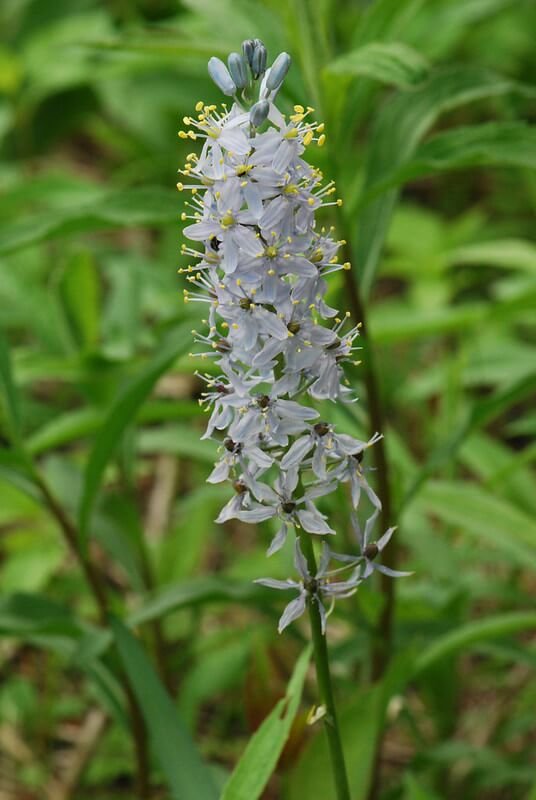Prairie Coreopsis (Coreopsis palmata)
Prairie Coreopsis flowers attract many different kinds of native bees, butterflies, moths, and skippers (illinoiswildflower.info), including 15 specialist bees (Johnson and Colla, 2023). It is also a recommended monarch nectar source by the Xerces Society (Xerces.org). Prairie Coreopsis can spread aggressively by rhizomes, but it is at its most awesome in large colonies. Ironically, it is considered endangered in Michigan, so choose your spot wisely and let this baby spread (mnfi.anr.msu.edu).
Photo credit: Joshua Mayer
Prairie Coreopsis flowers attract many different kinds of native bees, butterflies, moths, and skippers (illinoiswildflower.info), including 15 specialist bees (Johnson and Colla, 2023). It is also a recommended monarch nectar source by the Xerces Society (Xerces.org). Prairie Coreopsis can spread aggressively by rhizomes, but it is at its most awesome in large colonies. Ironically, it is considered endangered in Michigan, so choose your spot wisely and let this baby spread (mnfi.anr.msu.edu).
Photo credit: Joshua Mayer
Prairie Coreopsis flowers attract many different kinds of native bees, butterflies, moths, and skippers (illinoiswildflower.info), including 15 specialist bees (Johnson and Colla, 2023). It is also a recommended monarch nectar source by the Xerces Society (Xerces.org). Prairie Coreopsis can spread aggressively by rhizomes, but it is at its most awesome in large colonies. Ironically, it is considered endangered in Michigan, so choose your spot wisely and let this baby spread (mnfi.anr.msu.edu).
Photo credit: Joshua Mayer
Life Cycle: Perennial
Sun Exposure: Full, Partial (seems to prefer full)
Soil Moisture: Medium-Dry
Height: 2 feet
Plant Spacing: 1-1.5 feet
Bloom Time: June-August
Bloom Color: Yellow
Advantages: Pollinator Favorite, Bird Favorite, Deer Resistant, Recommended, but can be very vigorous
Host: 4 species of butterflies and moths use this as a caterpillar host plant in our area (Johnson and Colla, 2023)
Specialist Bee: Pseudopanurgus albitarsis, P. labrosiformis, P. solidaginis, Melissodes coreopsis, M. boltoniae, M. coloradensis, M. dentiventris, M. illatus, M. subillatus, M. trinodis, Savastra petulca, Dieunomia heteropoda, Megachile xylocopoides, Ashmeadiella bucconis, and Osmia coloradensis (Johnson and Colla, 2023)
Species of Concern: State Status: Endangered (legally protected). State Rank: Imperiled (mnfi.anr.msu.edu).
Resource: Johnson, Lorraine, and Sheila Colla. A Northern Gardener’s Guide to Native Plants and Pollinators: Creating Habitat in the Northeast, Great Lakes, and Upper Midwest. Island Press, 2023






